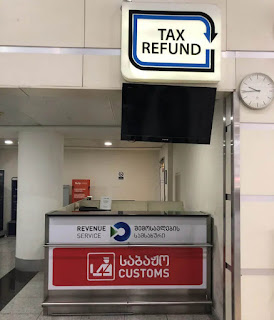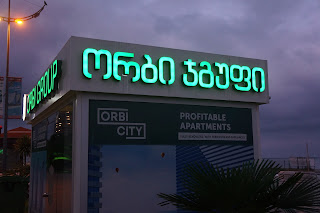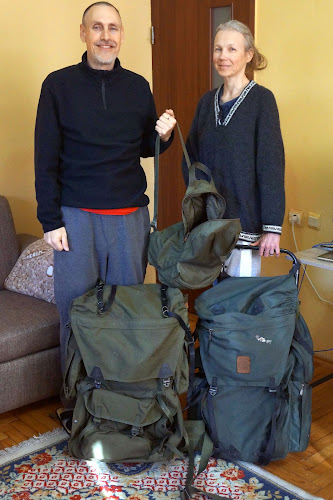French Riviera, Provence-Alpes-Côte d´Azur, France
Travelling and living in French Riviera, Provence-Alpes-Côte d´Azur, France.
Eleven months and four seasons in the French Riviera plus altogether 1,5 years in France and still not fed up. Like Hong Kong and Brazil, France is one of the countries we are likely to return.
If you are heading to the South of France and wondering what would be the best time to go, we recommend spring (March-June) when the area is less crowded and windy. Summer is nice, but there are far too many people. Beaches are jam-packed and traffic can be chaotic.
Marseilles is not only soap
We started our Provence-Alpes-Côte d’Azur tour from Marseilles. Many French people dream of living at least one year in this lively port city. There are a lot of immigrants which is why the city is also called “Ville arabe”, Arabic city. Some parts of the city look like bazaars with street markets and rubbish all around. The city is not particularly clean, but it sure is lively.
Marseilles is a sunny city, but when the wind was blowing, we really had to concentrate in keeping our feet on the ground. Nice is different with its own micro climate. It is open to the sea, but protected from the wind by surrounding hills. In general, the climate in the Riviera is mild even in winter. In December some people were taking sunbaths and even swimming when the rest of France was shivering in the cold.
Nice is nice
Marseilles and Nice could not be any different. One is loved by the French and the other by tourists. Nice is considered posh by many French people, but tourists love it, obviously because of its climate. There are lots of flights from all over Europe to the tiny airport.
In Nice we rented an apartment with Päivi’s parents. The city is very touristy all year round and does not feel very French at all, in fact, but rather like an Italian city. The famous beach boulevard, Boulevard des Anglais, is perfect for walking or jogging. On Sundays everybody is there to see and be seen.
Public transportation in Nice area is functional. There are frequent bus connections to all neighbouring cities including Monaco and Menton. A single trip costs one euro whatever the distance. Moreover, when going eastwards, there are superb views over the Mediterranean sea. Little towns follow one another and are worth a hop-on-hop-off bus tour. Päivi especially enjoyed Saint-Jean Cap Ferrat, where you can hike around the small peninsula.
Toulon is the Mediterranean base of the French Navy
From Nice we moved on to Toulon where we stayed the following nine months helping our friend Patrice with his renovation work, and writing books. We finished two manuscripts, a thriller called Back door (Takaportti in Finnish) which will come out on the 29th of September and a book on couple relationships called Happy Together (Onnelliset yhdessä) for which we are looking for a publisher if we choose not to publish it ourselves. Both books are in Finnish.
Toulon has a more French feeling to it compared to Nice. Some people think it is not part of the wealthy Riviera despite its geographical location in the area. There are a lot of unemployed people and immigrants from Africa. The city is not snobbish but a perfectly ordinary French city that just happens to be on the Mediterranean coastline. Toulon hosts the French Mediterranean navy with some huge war ships including their crown jewel: the aircraft carrier Charles de Gaulle.
Doing this and that
We enjoyed daily walks to the nearby mountain, Mont Faron, which is peaceful all year round. The French seem to appreciate more beaches than mountains. There are numerous little paths and roads circulating the mountain so we could select a different route every time. There is also a nice picnic area on top, in a pine tree forest. Cars are the only nuisance. Even when going for a hike, the French have a compulsary need to use their precious tin cans. Apart from walks we had lazy days cooking, washing dishes, watching films, reading and playing computer games.
The weather was sunny most of the year. In winter it sometimes got bitingly cold because of the Mistral wind that is blowing from the The Rhône valley. Springtime was cool and summer warm and dry. There is very little rain, but the wind is quite often strong, sometimes more than 100 km/h, which is rather annoying. Houses are howling and banging because insulation is not particularly well done.
Climate change has effected area which can be seen on the beaches. There are poisonous jellyfish and sometimes swimming is prohibited. Pollution in the city is occasionally quite high, especially on work days when everybody is rushing to work by car. We lived in the city centre and it took a while to get used to the noise and pollution. Now we are heading to discover some smaller cities with a bit less traffic and noise. Perhaps after some more silent times we will long back.







Comments